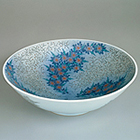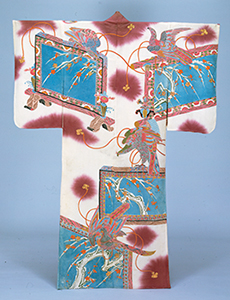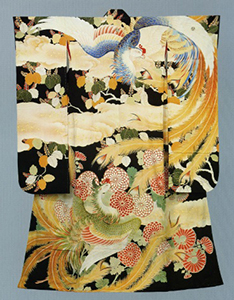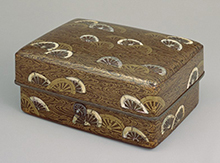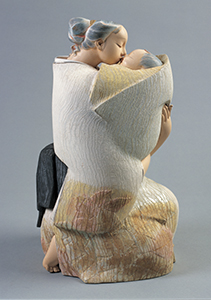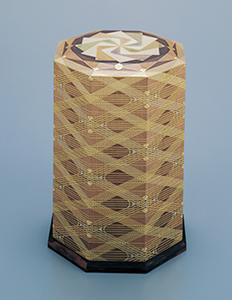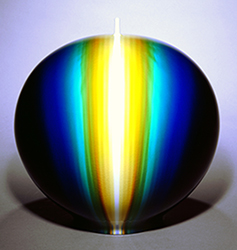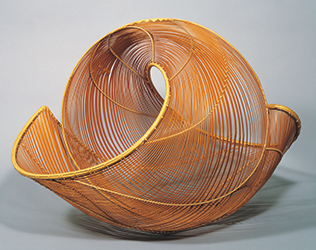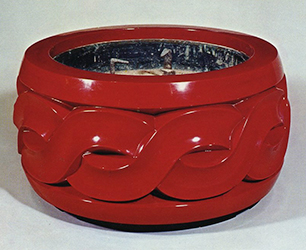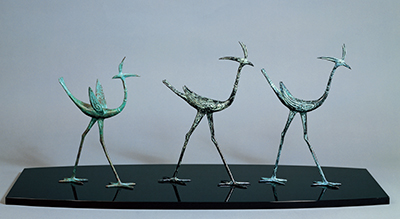Japanese Archaeology and Special Exhibition (Heiseikan) Special Exhibition Gallery 3 & 4
January 15, 2014 (Wed) - February 23, 2014 (Sun)
Some decorative art artists, receiving praise for their dedication to and pursuit of their art forms, are selected as Living National Treasures. This exhibition, the first of its kind, displays masterpieces by successive generations of Living National Treasures, together with famous examples of decorative art that include National Treasures and Important Cultural Properties.

